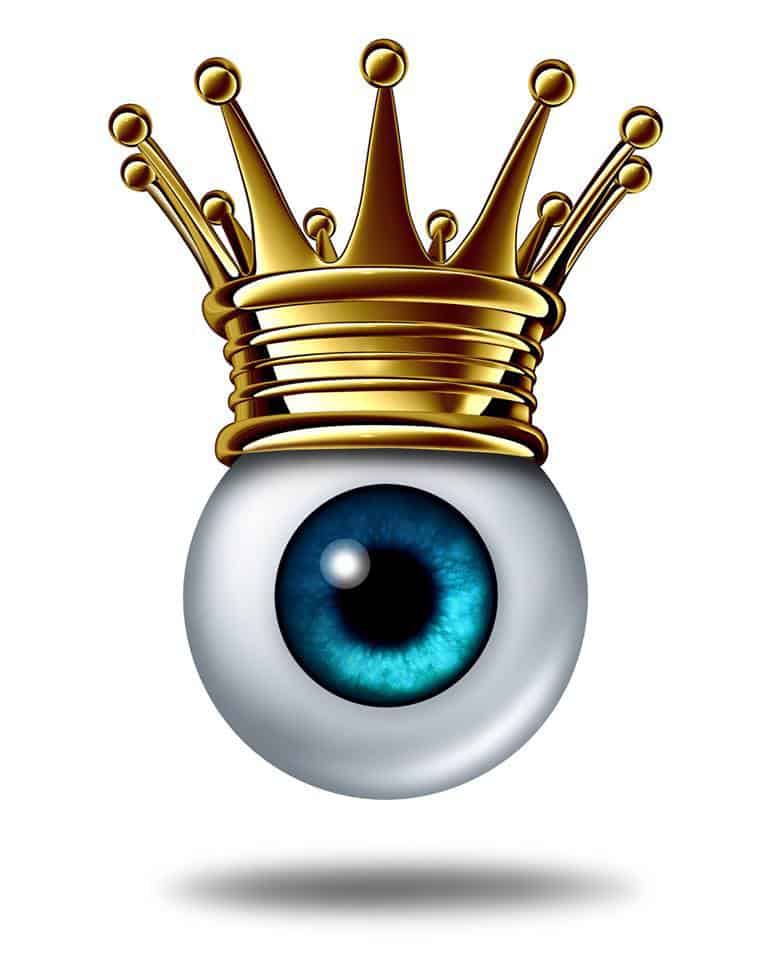I love reading! My Library of books was bursting at the seams until I got my first Kindle e-reader some time ago. I believe the kindle is one of the greatest innovations of modern times. Don’t know what a kindle is? An electronic device allows you to download, read and store ALL your books. In addition, it is thinner and lighter than most books.
There has been a profound shift from reading on paper to reading on screens. This transition is accompanied by a just as profound an effect on the eyes. This calls naturally for certain precautions and tips to prevent eyestrain.
First, it is necessary to know that the use of good lighting when reading is paramount for visual comfort. A significant cause of eyestrain is light scatter or glare. Sources of glare include highly reflective surfaces, windows, background lighting on a screen or direct light over the reading area.
Most e-readers now use what is called e-ink technology. They need to be used in brightly lit areas to prevent eyestrain. The more modern ones however, such as the Kindle fire or IPad reader have LCD screens with backlighting which are ideal for indoors or night use.
Then there is the matter of contrast. Light grey print on a light grey background will cause more strain on the eyes regardless of the brightness of the room.
It is important that the brightness of the monitor is roughly equal to the brightness of the room so as not to create a contrast imbalance. Various colors on the screenplay a role also as the eyes would need to readjust their focus more frequently.
When text is unclear or particularly small, one would tend to lean forward. Over extended periods, this could lead to muscle spasms in the neck and back as well as headaches. The ability to increase the size of text on screens is another advantage for visual comfort.
Our eyes make over 10,000 movements every hour. With regular paper books, certain types of paper provide an inferior reading experience. The same is true for older e-book screens that do not “refresh” frequently enough causing flicker. With the newer screens, this has been reduced.
There are still certain precautions we should take to look after our eyes when using screens:
– Put blinds on windows
– Do not allow light to point at the screen
– avoid light directly over the reading area
– Use antireflective prescription glasses
– Use Antireflective screen protection
– Take visual breaks
– use the 20/20/20 rule– every 20 min of near work, take a 20s break and focus on something 20ft away.
– To avoid the drying out of the eyes, blink frequently and use eye lubricants
E-readers are here to stay. Let us see how we can embrace them.
“Remember to keep an eye on your eyes”
- 10 SIGNS YOU NEED AN EYE EXAM - May 20, 2018
- WORLD GLAUCOMA WEEK - March 11, 2018
- The Importance OfEye Exams - February 5, 2018

Recent Comments